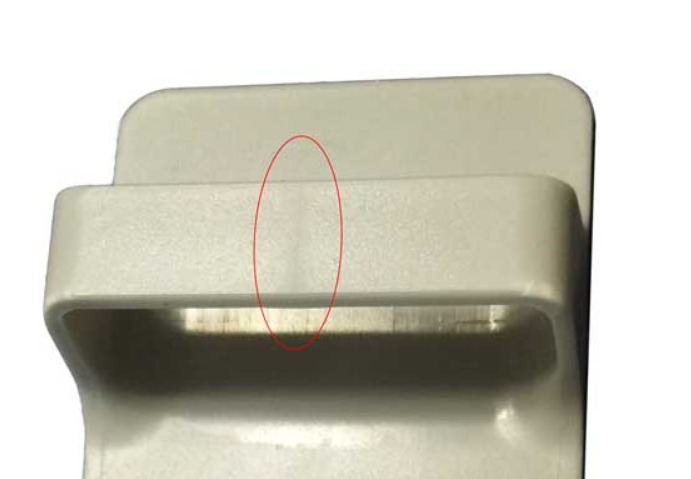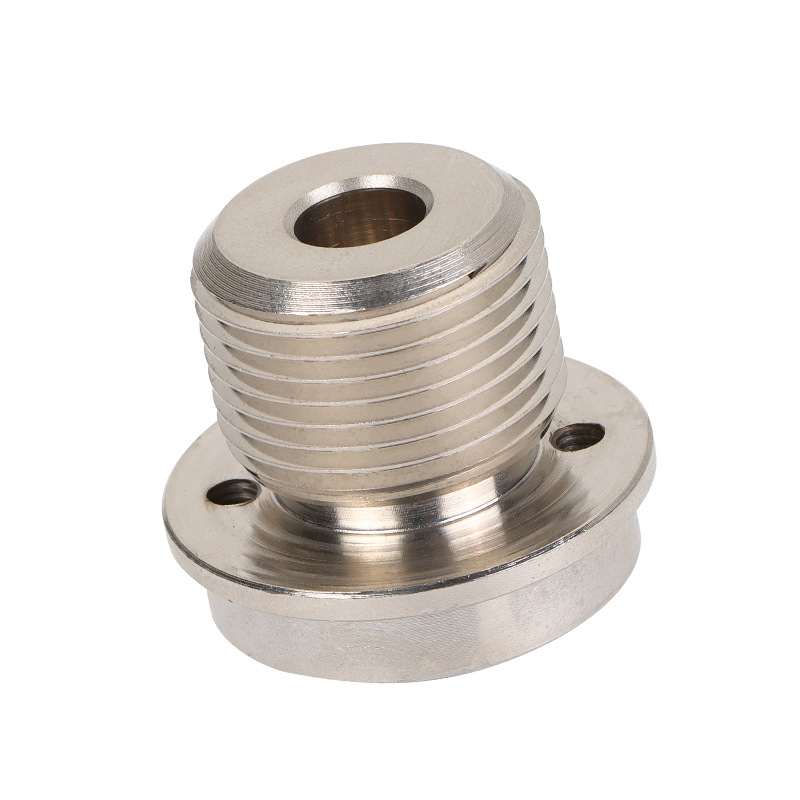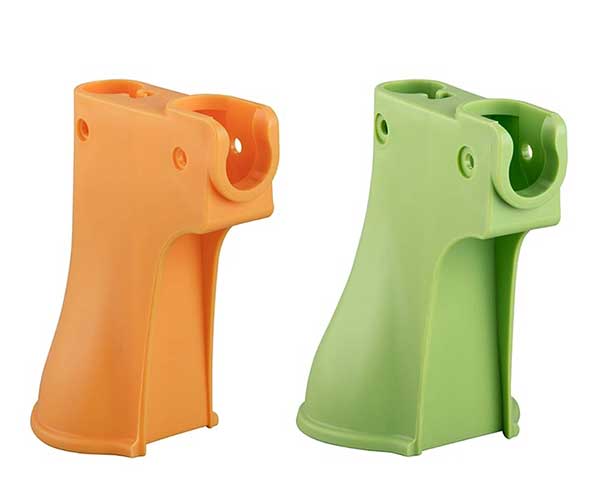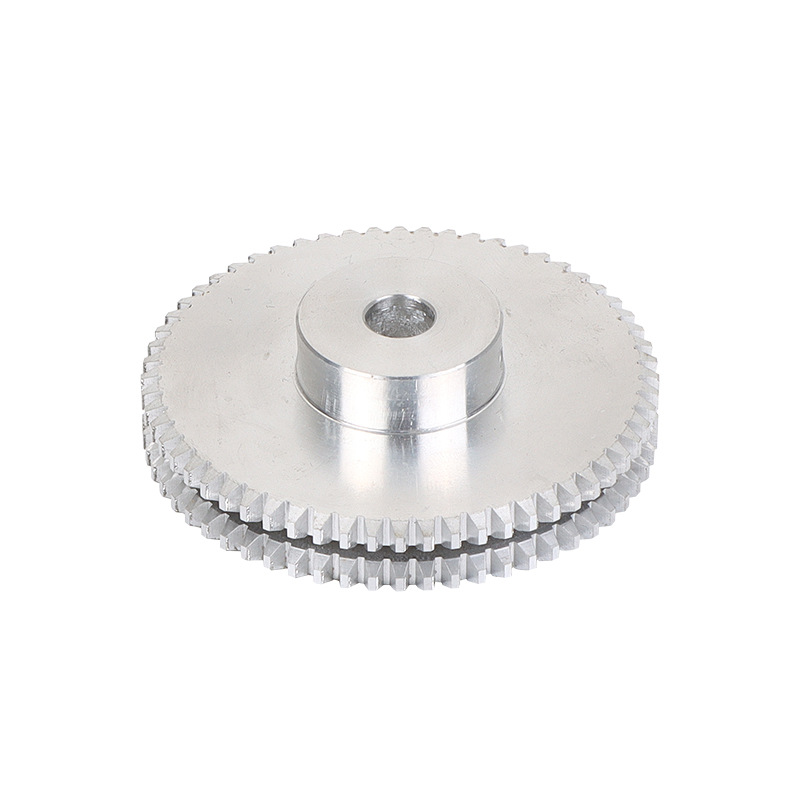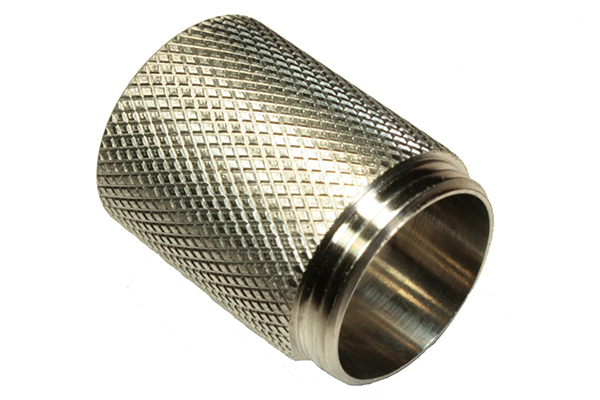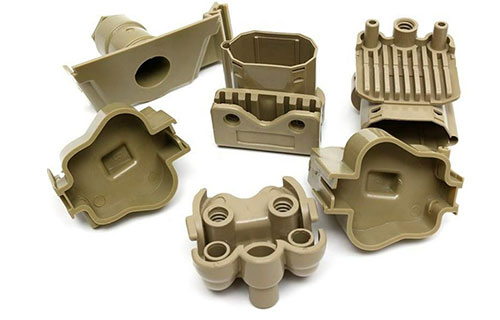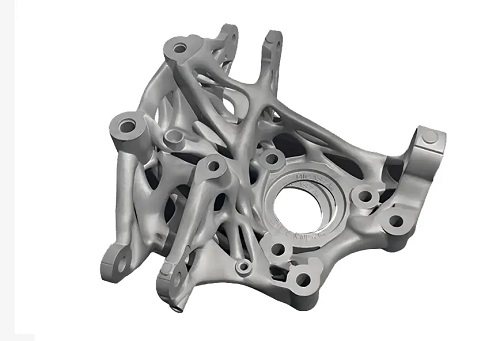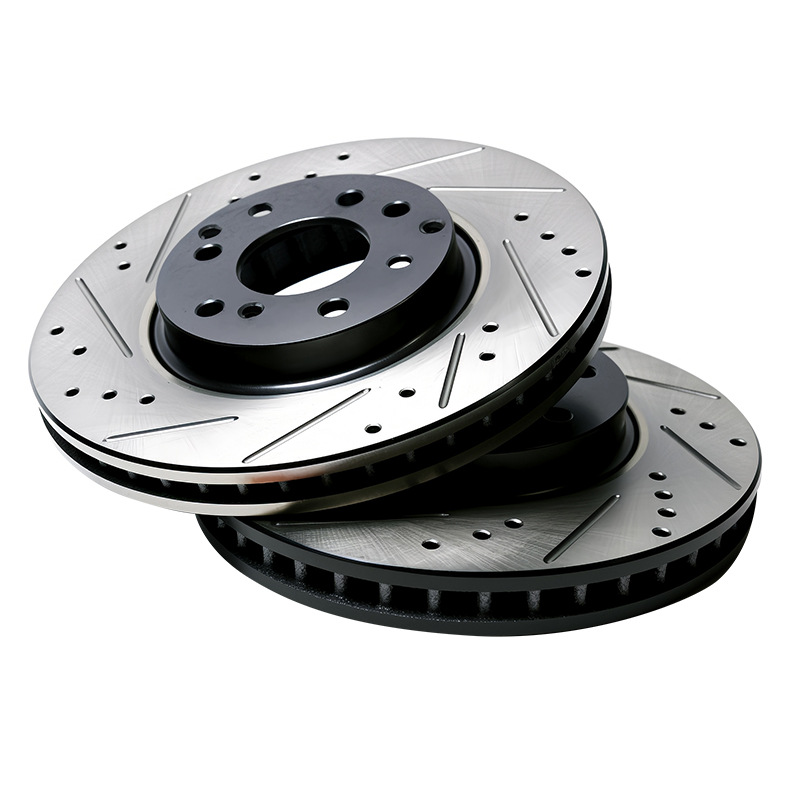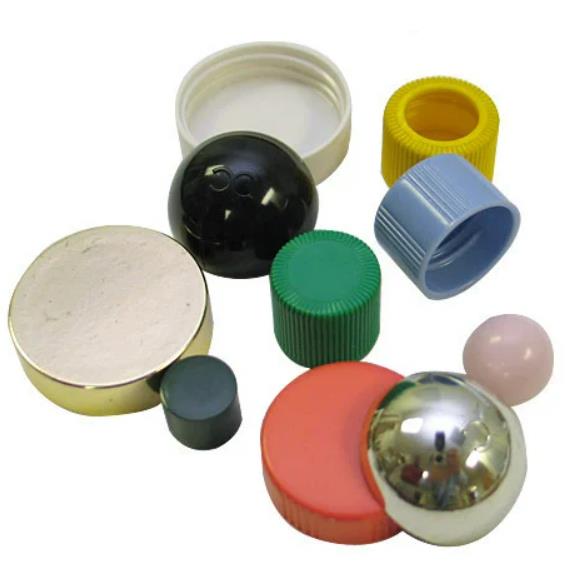Manufacturers and designers often struggle with coatings that fail to deliver on durability, 环保性 (environmental friendliness), or consistency. A metal chair might chip after a few months of use, a refrigerator door could fade under sunlight, or a batch of parts might have uneven finishes due to paint drips. Liquid paints release harmful fumes, require frequent reapplication, and generate waste from overspray. What’s needed is a coating that offers tough protection, uniform coverage, and minimal environmental impact. This is where surface treatment powder coating excels. By applying dry powder that melts and cures into a hard, seamless finish, it solves these pain points—delivering long-lasting results across industries. In this guide, we’ll explore how powder coating works, its key types, properties, and how to leverage it for reliable, high-quality surfaces.
Introduction to Powder Coating
Powder coating is a dry finishing process that combines durability, efficiency, and sustainability—making it a preferred choice for countless applications:
- Definition: Powder coating is a surface treatment where fine powder particles (typically polymer-based) are applied electrostatically to a substrate, then cured under heat to form a hard, continuous film. The powder adheres to the surface via electric charge, eliminating the need for solvents.
- Historical background: Developed in the 1950s, powder coating gained traction in the 1960s as an alternative to liquid paints. Early uses focused on industrial parts, but advancements in powder chemistry and application equipment expanded its use to consumer goods, automotive, and architecture by the 1980s.
- Basic principles: The process relies on electrostatic attraction: powder particles are charged (via corona or triboelectric guns) and sprayed onto a grounded substrate, where they stick. The coated part is then heated (160-200°C) in a curing oven, melting the powder into a smooth film that bonds to the surface as it cools.
- Industrial significance: Powder coating is used in 70% of metal furniture, 60% of automotive wheels, and 50% of household appliances. Its global market exceeds $15 billion, driven by demand for durable, eco-friendly coatings. It reduces rework by 30% compared to liquid painting, lowering production costs.
- Environmental considerations: Unlike liquid paints, powder coatings contain no solvents or VOCs, reducing air pollution. Overspray is recycled (reclaim rates up to 95%), minimizing waste. Curing ovens are increasingly energy-efficient, and powder waste is non-hazardous, complying with regulations like the EPA’s Clean Air Act and EU’s REACH.
- Comparison with liquid coatings: Powder coating outperforms liquid paints in key areas:
| Feature | Powder Coating | Liquid Paint |
| VOC Emissions | None | High (200-500 g/L) |
| Material Efficiency | 90-95% (recycled overspray) | 50-70% (overspray wasted) |
| Durability | 10-20 years | 5-7 years |
| Application Consistency | Excellent (no drips) | Prone to runs/sags |
| Cure Time | 10-30 minutes (heat) | Hours/days (evaporation) |
Types of Powder Coatings
Powder coatings offer diverse formulations to meet specific performance needs:
- Thermosetting powders: The most common type, curing via chemical cross-linking (irreversible). Includes epoxy (excellent chemical resistance), polyester (UV stability), and hybrids (epoxy-polyester blends for balanced properties). Used in 80% of powder coating applications, from automotive parts to machinery.
- Thermoplastic powders: Melt and flow when heated but don’t cross-link, allowing re-melting. Types include PVC (chemical resistance), nylon (abrasion resistance), and polyethylene (flexibility). Ideal for parts needing impact resistance, like tool handles and outdoor furniture.
- Decorative powders: Designed for aesthetics, with textures (matte, hammered, wrinkle), metallic finishes (gold, silver), and clear coats. Used in consumer goods, jewelry, and architectural trim to enhance visual appeal.
- Functional powders: Engineered for specific performance, such as high-temperature powders (withstand 200+°C, used in exhaust parts), anti-microbial powders (medical equipment), and non-stick powders (cookware).
- Epoxy-based powders: Offer superior corrosion and chemical resistance, making them ideal for industrial equipment, pipelines, and metal shelving. They resist oils, acids, and solvents but may fade in direct sunlight.
- Polyester-based powders: Boast excellent UV resistance and weatherability, used in outdoor applications like patio furniture, architectural panels, and automotive exteriors. They retain color and gloss for 10+ years outdoors.
Properties of Powder Coated Surfaces
The properties of powder coated surfaces make them ideal for demanding environments:
- Aesthetic appeal: Powder coatings offer unlimited colors, gloss levels (10-90 GU), and textures. Custom color matching (ΔE <1) ensures brand consistency, critical for automotive and consumer products. Metallic powders create a premium look without the cost of plating.
- Corrosion resistance: Properly applied powder coatings (60-120 μm) withstand 1000+ hours of salt spray testing (ASTM B117). Epoxy powders protect steel from rust in industrial settings, while polyester powders resist coastal salt air.
- Wear resistance: With pencil hardness up to 3H and abrasion resistance (ASTM D4060) exceeding 500 cycles, powder coatings outperform liquid paints. They’re ideal for high-traffic surfaces like handrails and machinery.
- Chemical resistance: Epoxy and hybrid powders resist oils, fuels, and cleaning chemicals. This makes them suitable for industrial tanks, automotive undercarriages, and restaurant equipment.
- Weather resistance: Polyester and fluoropolymer powders withstand UV rays, moisture, and temperature extremes (-40 to 120°C). They’re used in outdoor furniture and architectural components, retaining color for 10-15 years.
- Adhesion: Powder coatings bond strongly to properly prepared substrates, with adhesion strengths >5 MPa (ASTM D3359). They resist peeling even under bending (3T bend test) or impact (ASTM D2794).
- Thickness: Uniform layers (60-120 μm) with ±5% tolerance, providing consistent protection. Thicker coatings (up to 250 μm) are possible for heavy-duty applications like industrial machinery.
Applications of Powder Coating
Powder coating is versatile enough to serve diverse industries:
- Automotive: Wheels, bumpers, and engine parts use powder coating for chip resistance and corrosion protection. Clear powder topcoats on alloy wheels enhance gloss and durability, outlasting liquid clear coats by 2-3x.
- Construction: Architectural metal (window frames, handrails, facade panels) uses polyester powder coatings for UV resistance. Bridges and steel structures rely on epoxy powders to prevent rust, extending service life by 10+ years.
- Household appliances: Refrigerators, ovens, and washing machines use powder coating for scratch-resistant, easy-to-clean finishes. The smooth surface resists fingerprints and stains, maintaining a like-new look.
- Furniture: Metal chairs, tables, and outdoor sets use powder coating for weather and wear resistance. Textured powders hide scratches, ideal for high-use items like office chairs.
- Industrial equipment: Machinery, toolboxes, and conveyor systems use epoxy or hybrid powders to resist oils, chemicals, and impact. This reduces maintenance and downtime in factories.
- Marine: Boat railings, hardware, and trailer parts use corrosion-resistant powder coatings to withstand saltwater. They outperform liquid paints in marine environments, lasting 5-7 years vs. 2-3 years for paint.
Powder Coating Process and Equipment
The powder coating process combines precision application with efficient curing:
- Pre-treatment equipment: Parts undergo cleaning (degreasing with alkaline solutions), etching (for metal), and conversion coating (phosphating or chromating) to improve adhesion. Automated wash lines ensure consistent cleaning, critical for coating performance.
- Powder application:
- Electrostatic spray guns: Most common, using corona discharge to charge powder (60-100 kV). They apply thin, uniform layers, ideal for large parts like automotive panels.
- Triboelectric guns: Charge powder via friction, suitable for recessed areas or complex geometries (e.g., bike frames).
- Fluidized beds: Immerse heated parts in a bed of fluidized powder, coating them evenly. Used for small parts like fasteners or tool handles.
- Powder booths: Enclosed spaces with ventilation to contain overspray. They include filters and recovery systems (cyclones or cartridges) to reclaim unused powder, with reclaim rates up to 95%.
- Curing ovens: Electric, gas, or infrared ovens (160-200°C) melt and cure the powder. Conveyor ovens handle high-volume production, while batch ovens suit large or custom parts. Cure time varies by powder: 15-20 minutes for polyesters, 20-30 minutes for epoxies.
- Recovery systems: Cyclones separate powder from air, returning reusable powder to the feed system. Cartridge filters capture fine particles, reducing waste and ensuring consistent powder quality.
- Safety equipment: Operators wear respirators (to avoid inhaling powder), gloves, and protective clothing. Booth ventilation removes powder dust, and explosion-proof equipment prevents fire risks in powder storage areas.
Quality Control and Maintenance in Powder Coating
Rigorous quality control and maintenance ensure reliable powder coating results:
- Surface preparation checks: Verify cleanliness (water break test) and conversion coating coverage (using a test kit). Proper pre-treatment is responsible for 80% of coating adhesion, making this step critical.
- Coating inspection: Visual checks identify defects like pinholes, orange peel (uneven texture), or sagging. Dry film thickness gauges (magnetic for ferrous metals) ensure layers are 60-120 μm, with ±5% tolerance.
- Adhesion testing: The cross-cut test (ASTM D3359) rates adhesion from 0 (excellent) to 5 (poor). Impact testing (ASTM D2794) ensures coatings resist chipping under 160 in-lbs of force.
- Color consistency: Spectrophotometers measure ΔE values to ensure batches match (ΔE <2 for consumer products). Light booths (D65 daylight) standardize visual assessments.
- Equipment maintenance: Spray guns are cleaned daily to prevent clogs; nozzles are replaced every 500 hours for consistent spray patterns. Ovens are calibrated weekly to maintain temperature uniformity (±3°C).
- Defect correction: Pinholes are repaired with touch-up powder; orange peel is fixed by adjusting gun distance or curing temperature. Root-cause analysis (e.g., humidity causing pinholes) prevents recurrence.
- Quality standards: Compliance with ISO 9001 (quality management) and ASTM F1978 (powder coating specifications) ensures performance. Automotive clients often require IATF 16949 certification.
Yigu Technology’s Perspective
As a leading custom manufacturing supplier in China, Yigu Technology offers advanced powder coating services for automotive, construction, and consumer goods. Our automated lines use triboelectric guns for complex parts and reclaim 95% of overspray, reducing waste. We offer epoxy, polyester, and hybrid powders with 1000+ color options (ΔE <1). Quality control includes salt spray testing (1000+ hours) and adhesion checks, ensuring coatings meet ASTM standards. Our energy-efficient ovens cut curing time by 20%, lowering costs. Powder coating’s durability and eco-friendliness make it ideal for sustainable manufacturing, and we tailor solutions to each client’s needs—from high-gloss automotive finishes to textured industrial coatings.
FAQs
- Can powder coating be applied to non-metal surfaces?
Yes—with proper pre-treatment, powder coating works on plastics (heat-resistant types like nylon), glass, and wood. Plastic parts must withstand curing temperatures (160-200°C), while wood requires a sealant to prevent moisture absorption.
- How does powder coating hold up in extreme temperatures?
Epoxy powders handle -40 to 120°C, while high-temperature powders (silicone-based) withstand up to 260°C. This makes them suitable for engine parts, exhaust components, and outdoor equipment in harsh climates.
- Is powder coating more expensive than liquid paint?
Initial costs are higher (equipment, powder), but long-term savings offset this: powder coating lasts 2-3x longer, reduces waste by 50%, and lowers rework. For high-volume production, powder coating is 10-15% cheaper over a product’s lifecycle.
